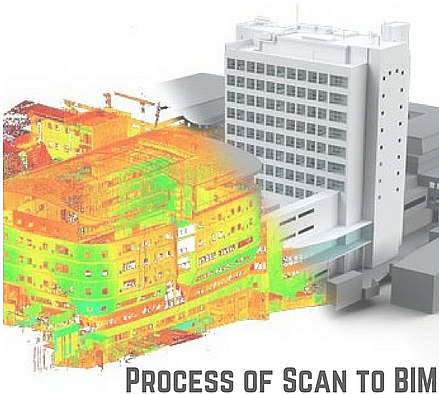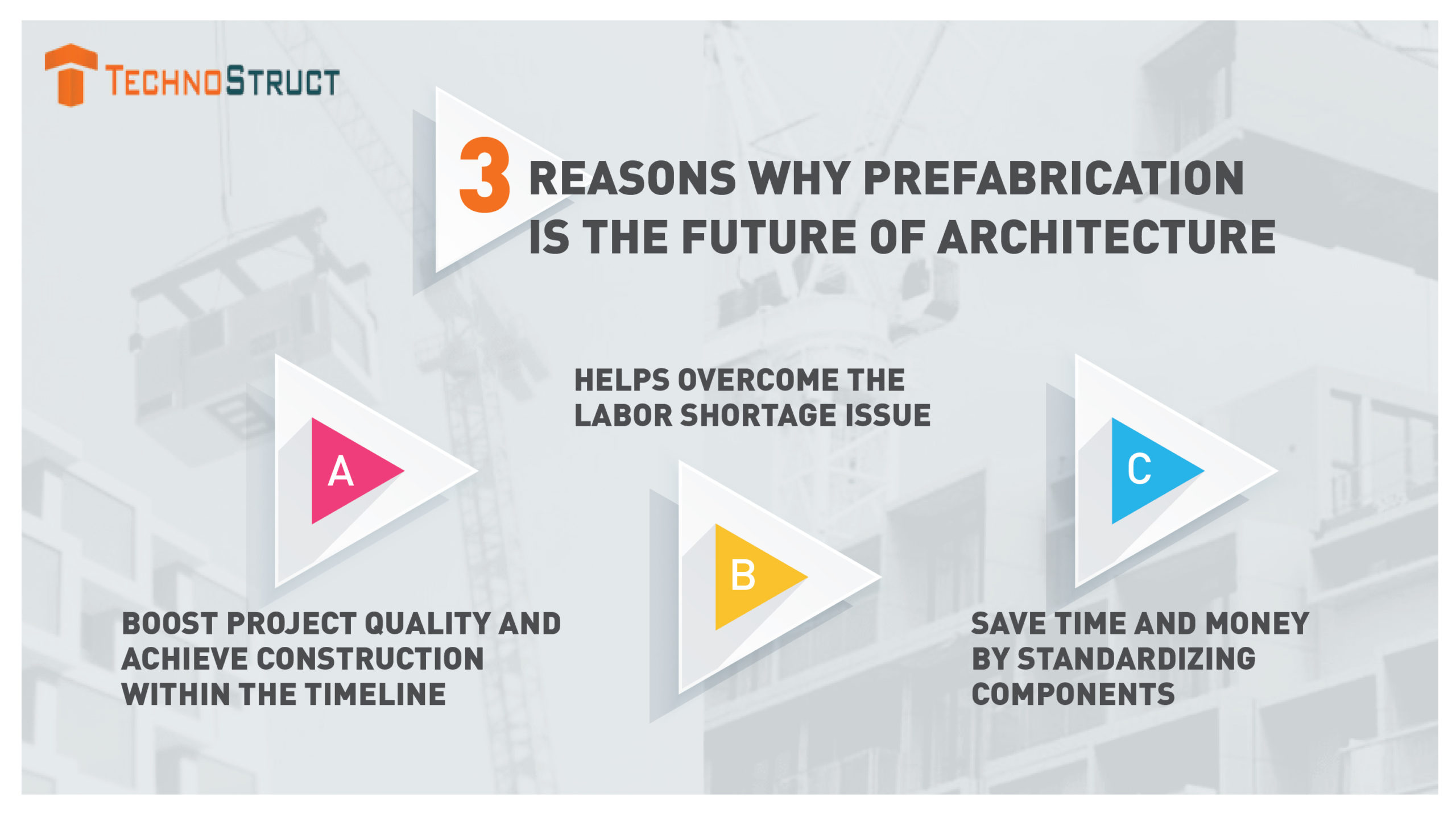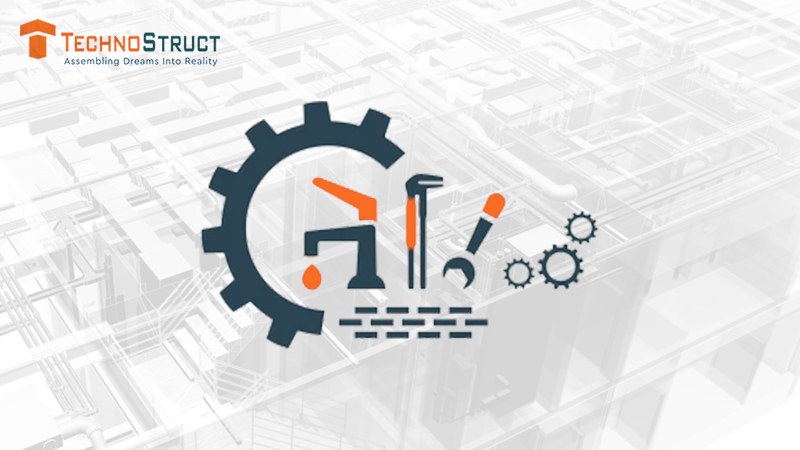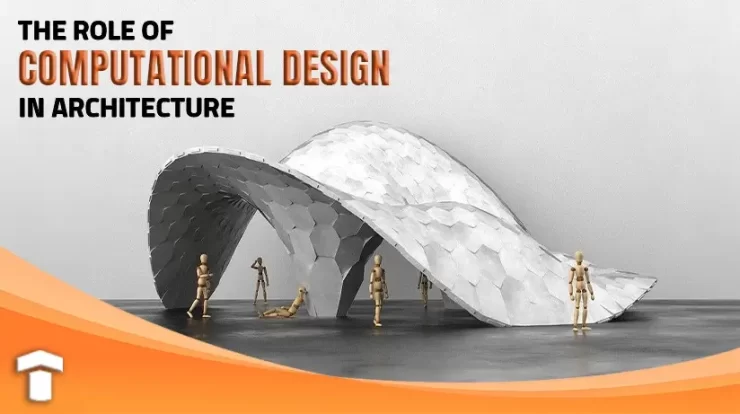
Computational design is revolutionizing the architectural design process. With advanced computational tools, architects can design in entirely new creative ways. From conceptual design to construction documentation, Computational design in architecture enhances every stage of the architectural design workflow.
What is Computational Design in Architecture?
Computational design is commonly referred to as the use of computation during the architectural design process. Rather than traditional hand drafting and sketches, architects now leverage powerful computers and design software.
Architects can design, test, optimize, and document their designs in novel digital ways using programming languages, algorithms, simulations, and other computational techniques.
| Also Read: Tekla Structure Software : Usage, Importance & Application
Types of Computational Design in Architecture
There are several types of these designs in architecture, including parametric design, algorithmic design, and generative design.
Parametric Modeling

Parametric modeling, a core approach in this design type, utilizes predefined parameters and relationships to create dynamic and flexible models. Software like Rhino and Grasshopper enables designers to adjust variables, updating the entire model with a single parameter change.
This facilitates intricate geometry creation, automates repetitive tasks, and enhances efficiency while overcoming CAD limitations.
Algorithmic Design
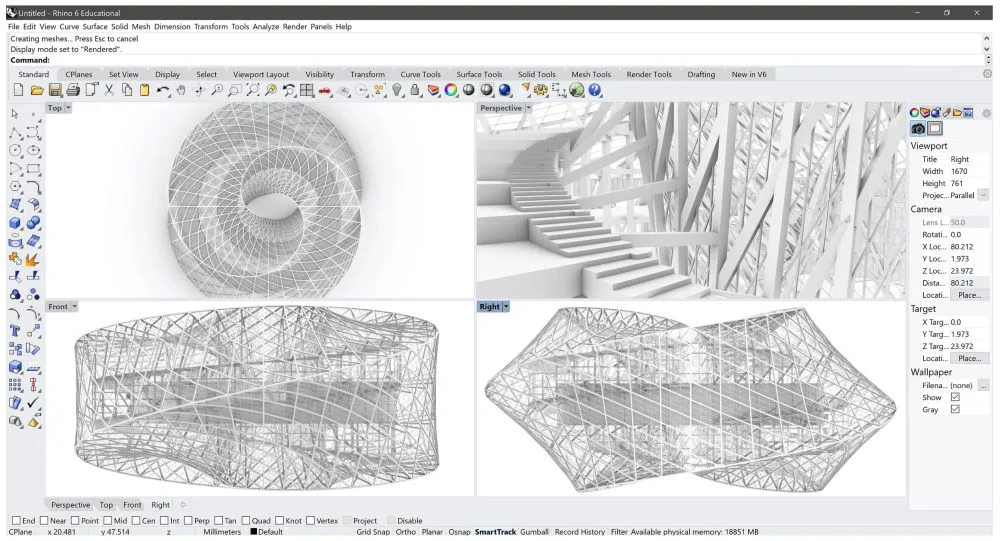
Algorithmic design utilizes algorithms and computational logic to create and control design elements, automating decision-making. These algorithms mimic natural selection to generate and evolve solutions based on predefined criteria. Simulating collective intelligence, they optimize design solutions.
Additionally, they provide rules for manipulating geometric shapes, enabling the exploration of complex forms.
Generative Design
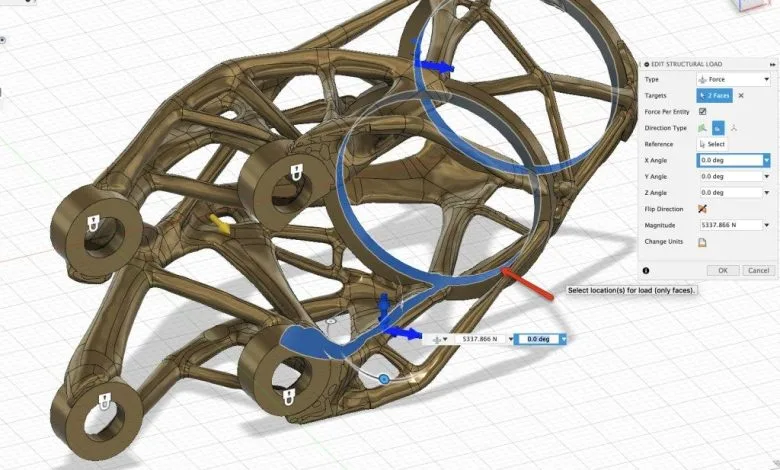
Generative design automates the creation of design alternatives using AI and cloud computing, considering specific criteria and constraints. Software like Framer and Bentley
Generative Components enable designers to set goals and constraints, generating optimized solutions. It’s used to solve complex engineering challenges, such as optimizing structural performance and maximizing energy efficiency.
Role of Computational Design in Architecture
- Enhanced Creativity: Computational design expands architectural possibilities by enabling architects to explore intricate and innovative design forms beyond traditional methods.
- Optimization of Designs: Through algorithmic processes, computational design facilitates the optimization of architectural solutions.
This type of design leads to more efficient and sustainable structures.
- Iterative Design Process: It allows for rapid iteration and experimentation, empowering architects to refine and improve designs iteratively.
Iterative design enhances both aesthetic and functional aspects.
- Data-Driven Decision Making: Computational tools analyze vast amounts of data to inform design decisions.
It ensures informed choices that align with project goals and constraints.
- Collaboration and Communication: By providing visualizations and simulations, computational design enhances collaboration among architects, engineers, and stakeholders.
It fosters clearer communication and understanding throughout the design process.
| Read More: How Augmented Reality and Virtual Reality are Transforming BIM
Conclusion
In the end, Computational design in architecture has already revolutionized design techniques. Using applications, simulations, algorithms, and more, architects now have powerful new tools to find out thoughts and iteratively optimize designs.
As computational abilities increase, this design in architecture will preserve shaping architectural layout and exercising for decades to come. With ongoing adoption, it promises to open up new revolutionary frontiers and enhance layout and production delivery for many construction scales and applications.
FAQs
Q1. Is computational design the future of architecture?
Answer– Mastering computational design heralds the future of architecture, offering the ability to realize visions beyond conventional means. Professionals and firms proficient in parametric architecture will find an abundance of business opportunities as the demand for this skill set continues to soar in the years ahead.
Q2. What is architectural computation?
Answer– Architectural computation involves the application of computational methods and tools to the field of architecture. It encompasses various techniques such as parametric modeling, generative design, and algorithmic thinking to aid in the creation, analysis, and optimization of architectural designs, enhancing efficiency, creativity, and problem-solving capabilities.
Q3. What are some benefits of using computational design if you are an architect?
Answer– Computational design empowers architects with enhanced creativity and efficiency. It facilitates rapid iteration and optimization of designs, leading to innovative and sustainable solutions. By automating repetitive tasks and enabling data-driven decision-making, computational design streamlines workflows fosters collaboration, and ultimately enhances the overall quality of architectural projects.
